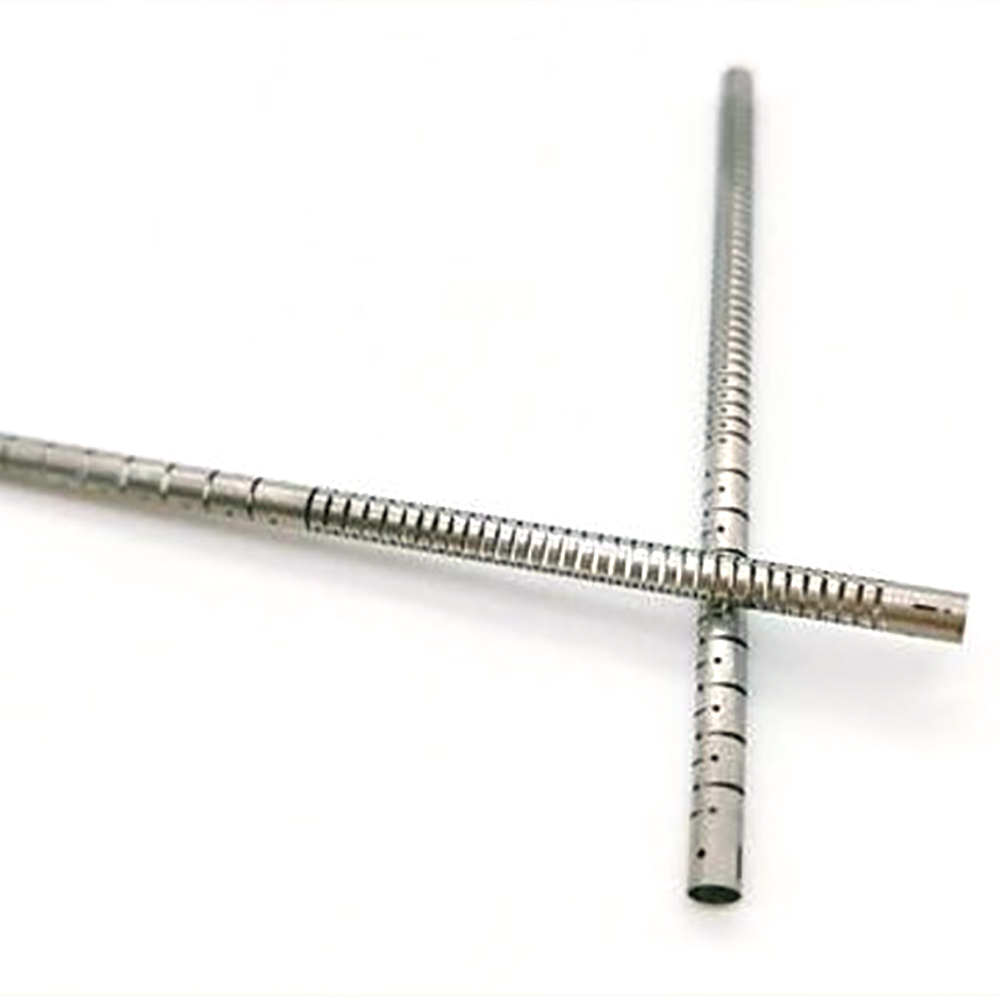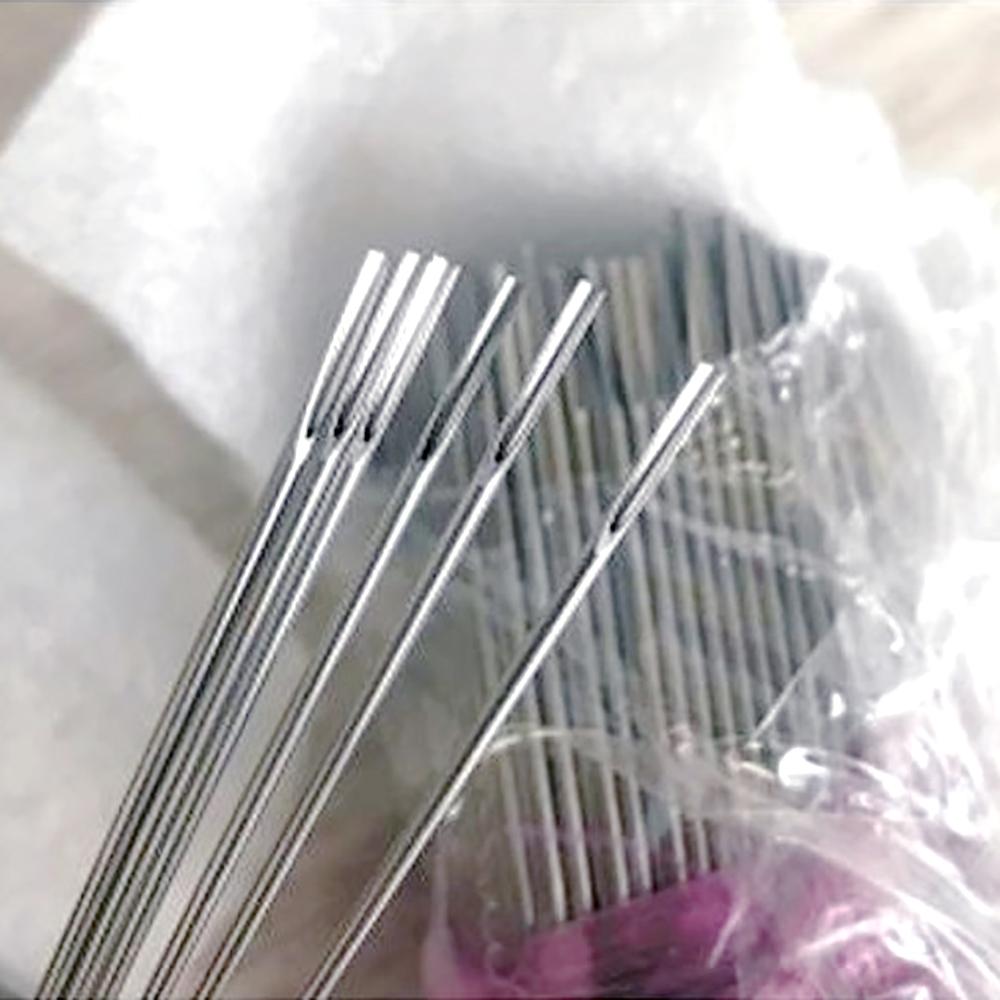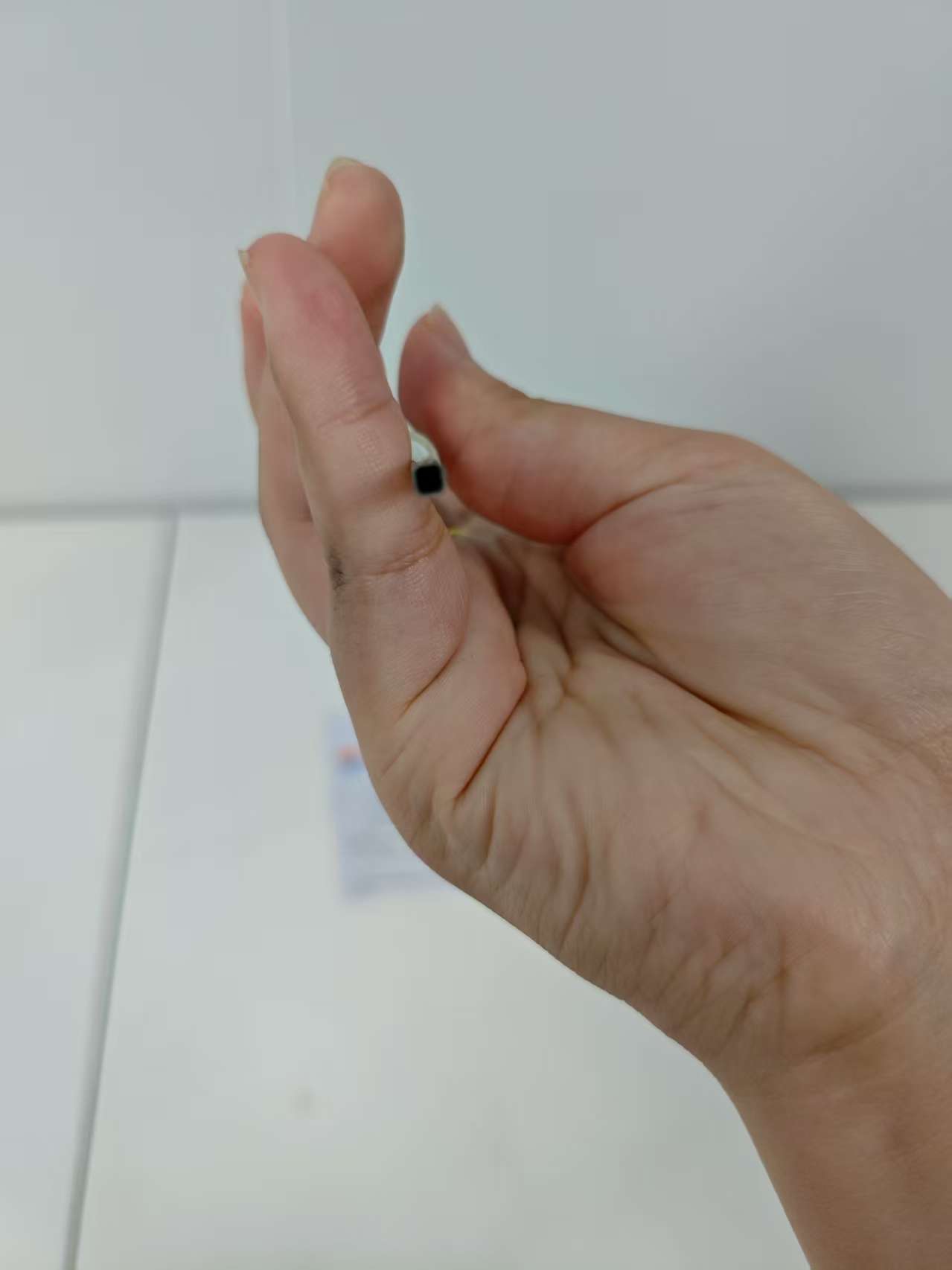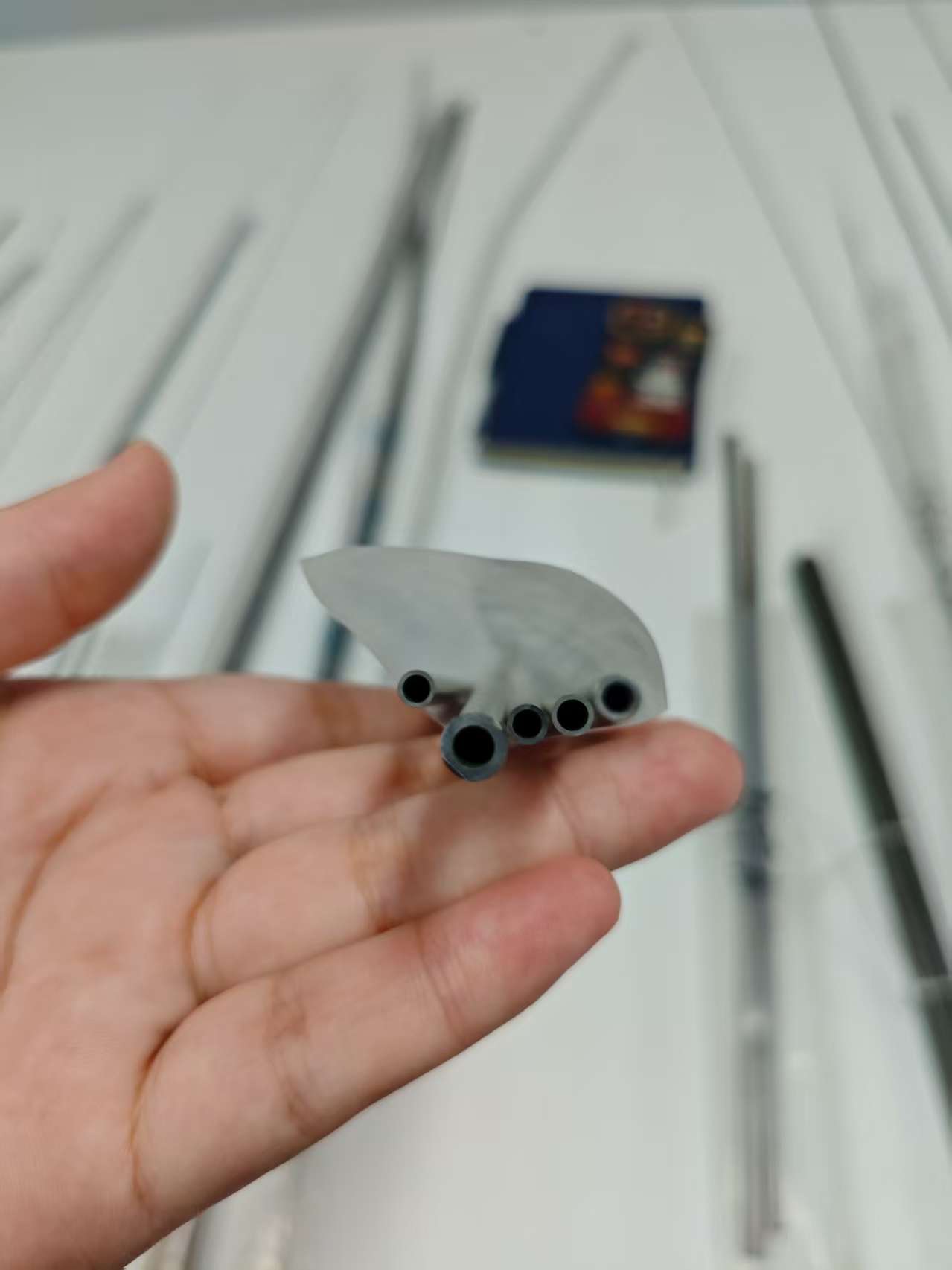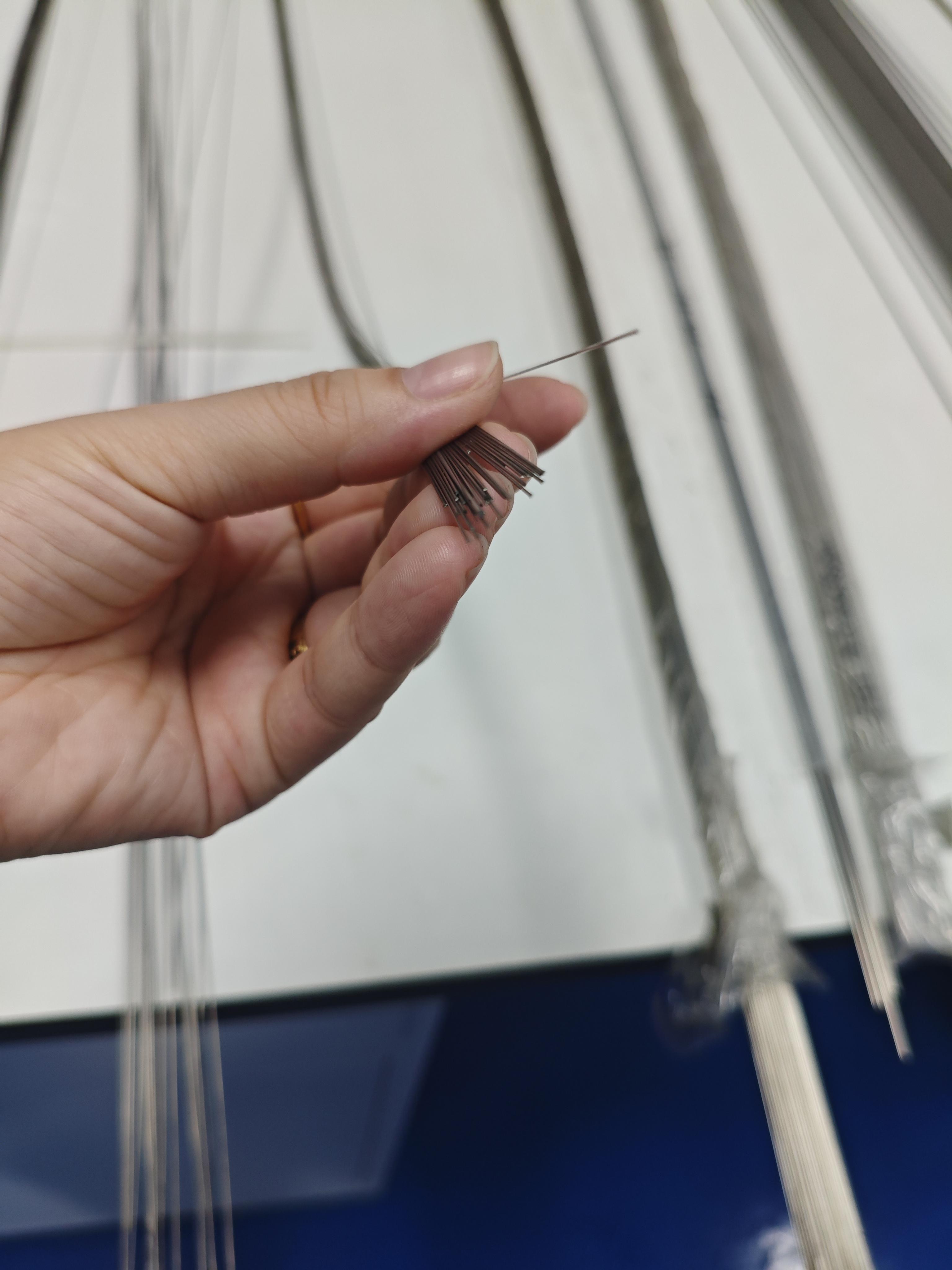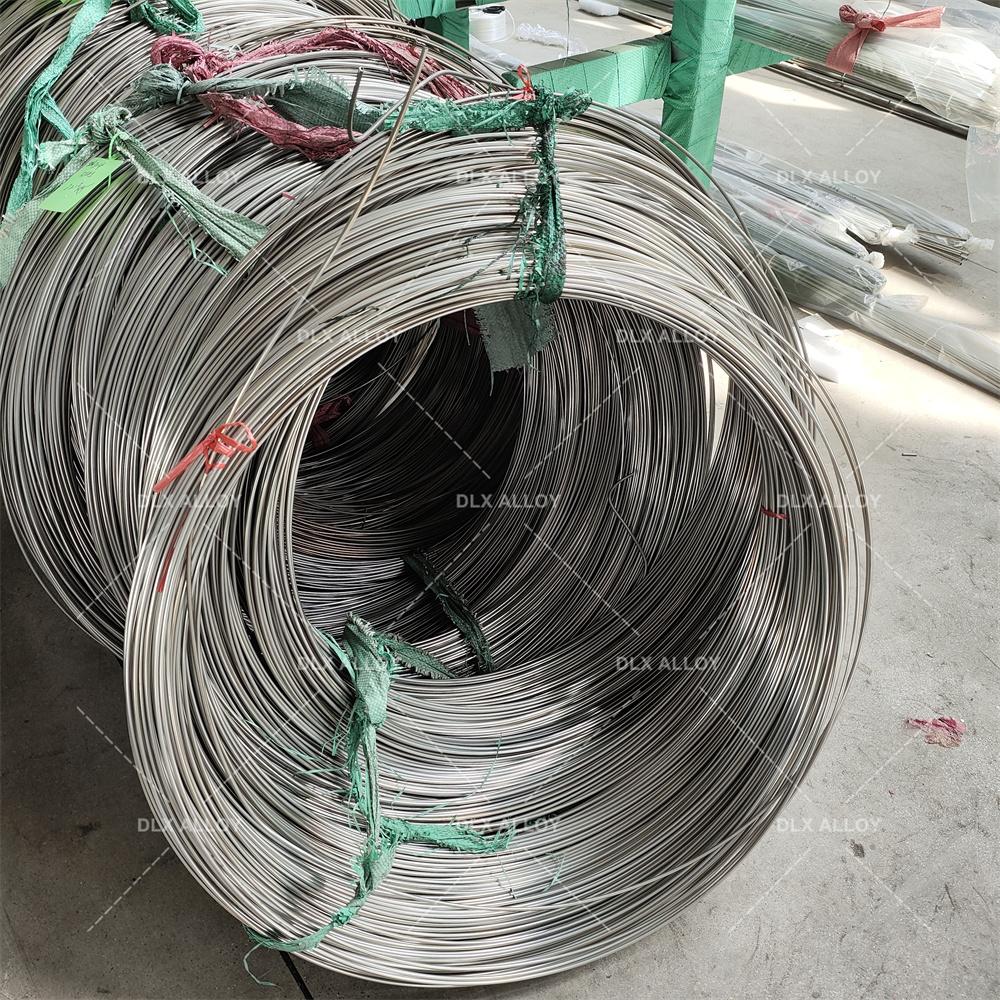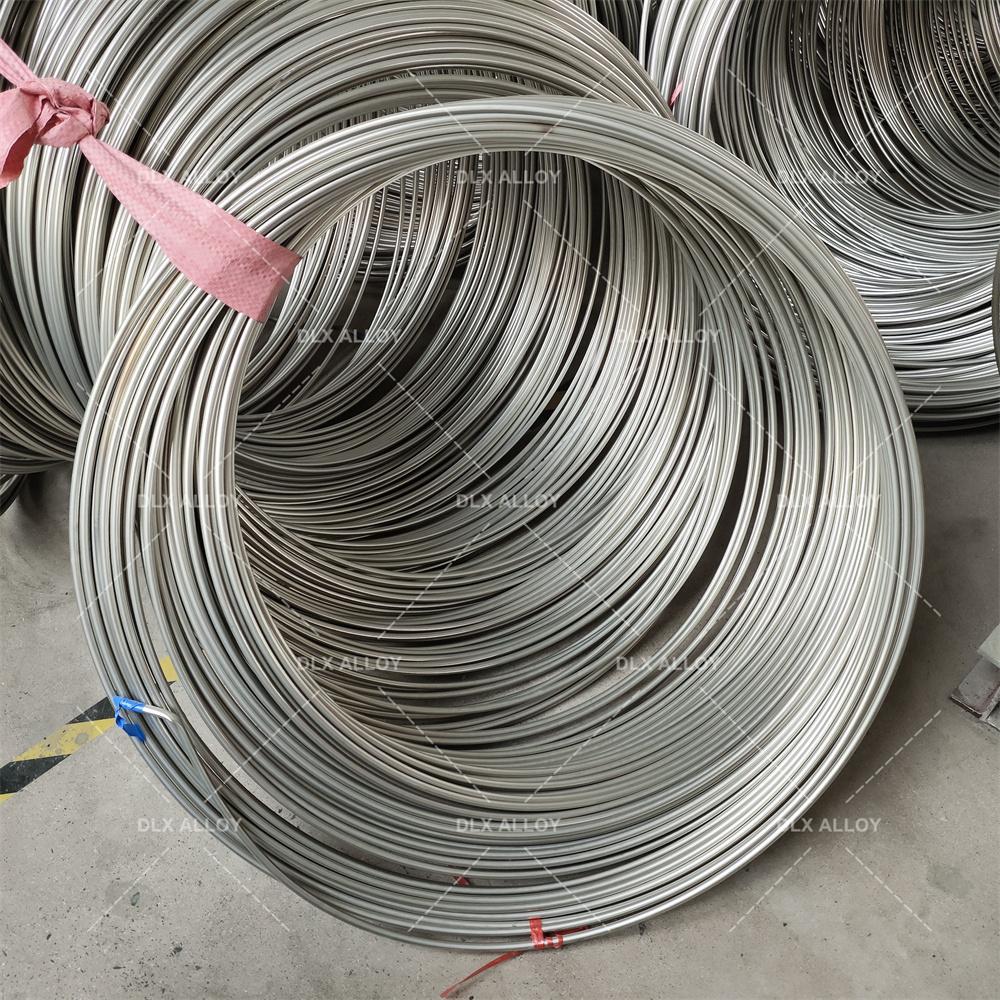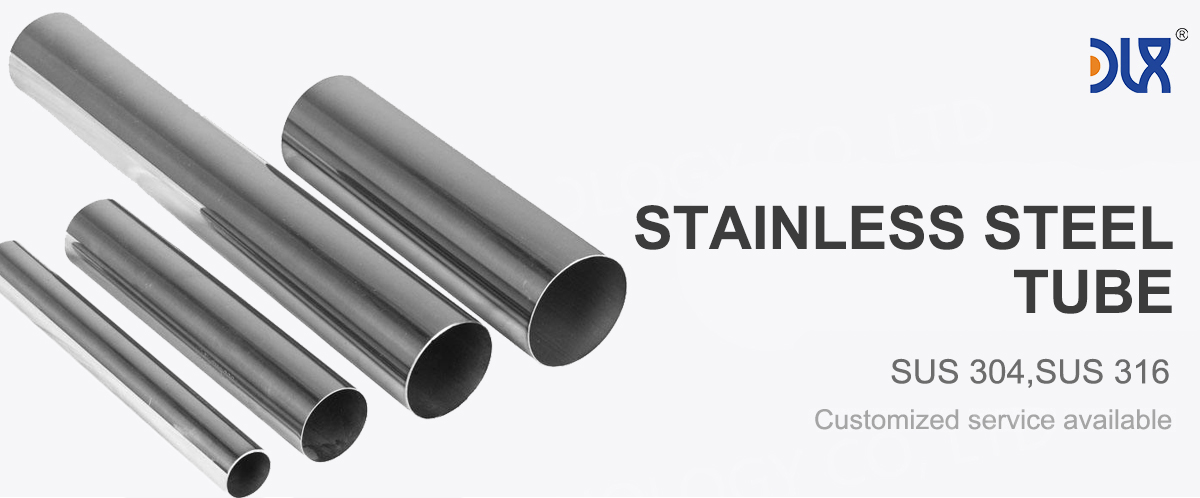
At our company, we’re all about crafting biocompatible 304 stainless steel tube for surgical instruments that surgeons can rely on for precision, durability, and cost-effectiveness. These tubes aren’t just components—they’re the backbone of tools that make surgeries safer and more efficient, from cutting-edge laparoscopy to routine procedures. Our 304 stainless steel is designed to meet the demands of modern operating rooms, balancing performance with affordability to keep healthcare accessible.
For more details, pls directly contact us.
Let’s dive into what makes our biocompatible 304 stainless steel tube for surgical instruments stand out. This alloy, with 18-20% chromium and 8-10.5% nickel, delivers solid corrosion resistance and toughness, perfect for non-implantable tools. Its low carbon content—under 0.08%—ensures good weldability without compromising strength, meeting ISO 7153-1 standards for surgical-grade materials. We produce these tubes in diameters from 1mm to 10mm and wall thicknesses as low as 0.1mm, ideal for applications like endoscopic channels or suction cannulas. The material’s tensile strength of 515-690 MPa and elongation over 40% mean our tubes can bend and flex during complex maneuvers without cracking, a must for instruments like retractors or forceps.
Comparison of Medical Stainless Steel Grades, Materials, and Applications
Grade | Composition | Key Properties | Corrosion Resistance | Biocompatibility | Applications | Advantages | Limitations |
|---|---|---|---|---|---|---|---|
316L | Fe (60-70%), Cr (16-18%), Ni (10-14%), Mo (2-3%), C (<0.03%) | Tensile: 485-620 MPa, Yield: 170-290 MPa, Elongation: 40-50%, Hardness: 95 HRB | Excellent (passive oxide layer, resists pitting) | High, minimal ion release, rare Ni sensitivity | Bone plates, screws, stents, hip stems, dental implants | Cost-effective, machinable, fatigue-resistant | Possible Ni sensitivity, heavier than Ti |
304L | Fe (65-74%), Cr (18-20%), Ni (8-10.5%), C (<0.03%) | Tensile: 485-550 MPa, Yield: 170-240 MPa, Elongation: 40-55%, Hardness: 92 HRB | Good, less resistant to pitting than 316L | Moderate, higher Ni release risk | Temporary implants, surgical tools, guidewires | Affordable, easy to form, widely available | Limited for long-term implants due to corrosion |
17-4 PH | Fe (70-78%), Cr (15-17.5%), Ni (3-5%), Cu (3-5%), C (<0.07%) | Tensile: 930-1100 MPa, Yield: 725-860 MPa, Hardness: 30-44 HRC | Very good, but less than 316L in saline | Good, but less biocompatible than 316L | Load-bearing implants, surgical instruments | High strength, heat-treatable, durable | Complex processing, less corrosion-resistant |
420 | Fe (80-90%), Cr (12-14%), C (0.15-0.4%) | Tensile: 700-950 MPa, Yield: 340-450 MPa, Hardness: 45-50 HRC | Moderate, prone to pitting in body fluids | Moderate, not ideal for long-term implants | Cutting tools, temporary pins, dental drills | High hardness, wear-resistant, sharpenable | Poor corrosion resistance for permanent use |
440C | Fe (78-85%), Cr (16-18%), C (0.95-1.2%) | Tensile: 760-1000 MPa, Yield: 450-600 MPa, Hardness: 56-60 HRC | Moderate, better than 420 but less than 316L | Limited, high carbon affects biocompatibility | Surgical blades, high-wear tools | Extremely hard, excellent edge retention | Not suitable for long-term implants |
F138 (316LVM) | Fe (60-70%), Cr (17-19%), Ni (13-15%), Mo (2.25-3.5%), C (<0.03%) | Tensile: 490-690 MPa, Yield: 190-300 MPa, Elongation: 40-50%, Hardness: 95 HRB | Superior, optimized for medical use | Excellent, lowest ion release, vacuum-melted | Orthopedic implants, cardiovascular stents | Enhanced purity, top biocompatibility | Higher cost than standard 316L |
303 | Fe (65-75%), Cr (17-19%), Ni (8-10%), S (0.15-0.35%) | Tensile: 500-620 MPa, Yield: 240-290 MPa, Elongation: 35-50%, Hardness: 90 HRB | Moderate, sulfur reduces corrosion resistance | Moderate, not ideal for permanent implants | Machined components, non-implant devices | Excellent machinability, cost-effective | Not suitable for long-term implants |
Nitronic 60 | Fe (60-70%), Cr (16-18%), Ni (8-9%), Mn (7-9%), N (0.08-0.18%) | Tensile: 620-793 MPa, Yield: 345-414 MPa, Hardness: 95-100 HRB | Very good, resists galling and wear | Good, but less studied for implants | Wear-resistant implants, joint components | High wear resistance, galling resistance | Limited medical use, higher cost |
For more details, pls directly contact us
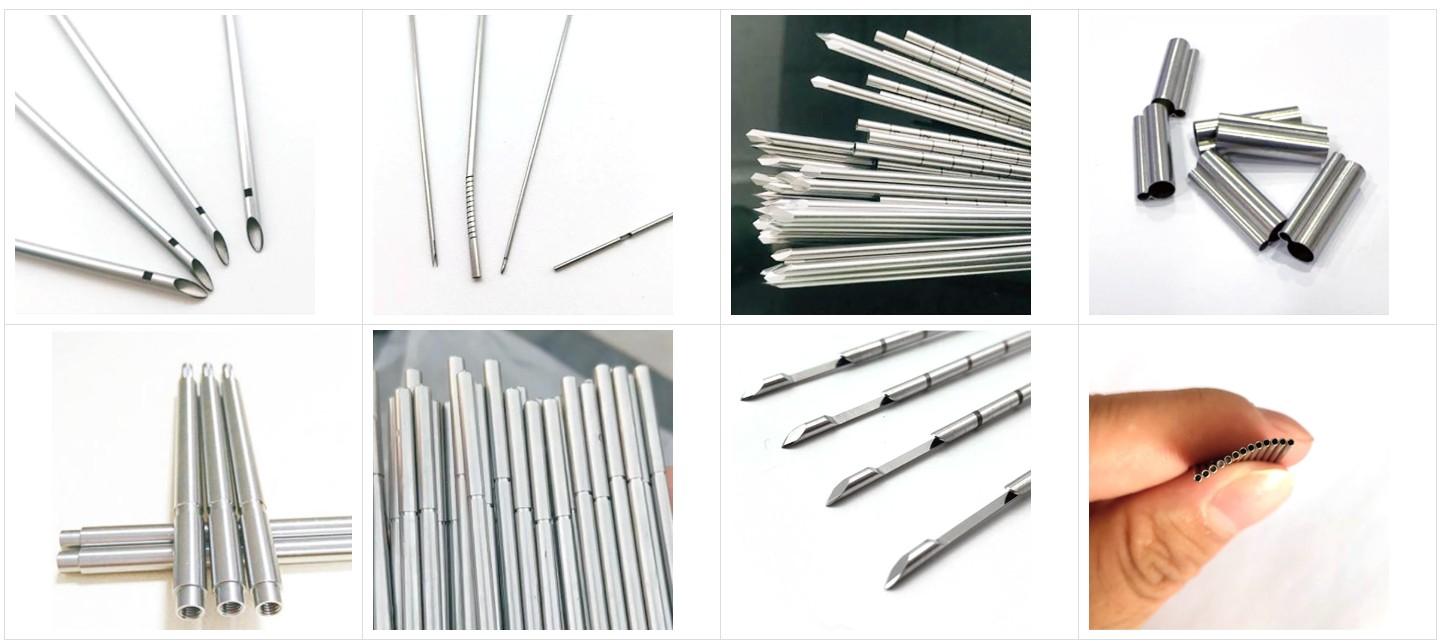
We go the extra mile with surface finishes, polishing tubes to a Ra <0.4µm smoothness to reduce friction and bacterial adhesion, making sterilization a breeze. Our manufacturing process includes cold drawing for dimensional accuracy, ensuring seamless integration into tools like trocars or biopsy needles. Unlike higher-cost alloys, 304 stainless steel keeps things budget-friendly without sacrificing performance, which is why it’s a go-to for reusable instruments in hospitals worldwide. We also test for fatigue resistance, simulating thousands of sterilization cycles to guarantee longevity in high-use settings.
Looking at the industry landscape, the surgical instruments market is on a hot streak, valued at USD 13.54 billion in 2025 and projected to hit USD 22.39 billion by 2032 at a 7.3% CAGR. This growth is fueled by a surge in minimally invasive surgeries (MIS), which now account for over 30% of procedures globally, driven by faster recovery times and lower complication rates. Aging populations and rising chronic conditions like arthritis are pushing demand for tools that can handle delicate tasks, from knee arthroscopies to gallbladder removals. Our biocompatible 304 stainless steel tube for surgical instruments fits right into this trend, offering the strength and flexibility needed for MIS tools like endoscopes or laparoscopic graspers.
Regulatory pressures are shaping the market too. Bodies like the FDA and EU MDR are tightening rules on material safety and traceability, and our 304 stainless steel meets stringent biocompatibility tests under ISO 10993 for short-term contact. Sustainability is another big player—hospitals are leaning toward recyclable materials to cut waste, and stainless steel’s 90% recyclability makes it a green choice. The medical tubing market itself is growing from USD 812.59 million in 2025 to USD 1,547.53 million by 2034 at a 6.7% CAGR, with stainless steel leading for its balance of cost and performance in non-implantable applications.
Emerging trends are exciting. Disposable instruments are gaining traction in outpatient clinics to reduce cross-contamination risks, but reusable tools remain dominant in high-volume hospitals, where our 304 tubes shine for their durability. Hybrid designs combining metal tubes with polymer coatings are popping up for better ergonomics, and we’re seeing robotic-assisted surgeries demand precision tubing for articulated instruments. The rise of ambulatory surgical centers—projected to grow at 6.5% CAGR through 2030—means more demand for affordable, high-quality components like ours. Plus, with global healthcare spending climbing, especially in Asia-Pacific, our cost-effective tubes are positioned to meet expanding needs.
On the application side, our biocompatible 304 stainless steel tube for surgical instruments is a workhorse across specialties. In general surgery, it’s used in laparoscopic tools like trocars and irrigation tubes, allowing precise fluid delivery through tiny incisions. For orthopedics, think arthroscopic shavers or drill guides, where the tube’s strength supports cutting or suction without deforming. In ENT procedures, our tubes form the core of rigid endoscopes, providing clear visuals for sinus surgeries. Even in dental applications, they’re used in suction tips, balancing lightweight design with durability.
Cardiovascular procedures benefit too—our tubes serve in catheter guides for diagnostic angiographies, where smooth surfaces minimize vessel trauma. In gynecology, they’re part of hysteroscopes, enabling minimally invasive diagnostics with minimal patient discomfort. The material’s non-magnetic nature ensures compatibility with intraoperative imaging, and its ability to withstand autoclaving at 134°C means tools stay sterile without degrading. With the MIS instruments market expected to grow at 9.8% CAGR to USD 53 billion by 2030, our tubes are critical for tools driving this shift.
Comparing ourselves to typical market offerings, our company’s edge is clear. While standard suppliers might churn out generic 304 tubing, we customize with precision-drawn tubes tailored to specific instrument designs, like curved cannulas for ergonomic handling. Our in-house testing goes beyond basics—think corrosion resistance in simulated saline environments and mechanical stress tests to mimic surgical wear. This means fewer failures and longer tool lifespans, saving hospitals money on replacements.
We’re also lean and mean on production. Our automated lines deliver tight tolerances—down to ±0.01mm—ensuring seamless assembly into complex devices like robotic surgical arms. Cost-wise, we keep things competitive by optimizing material use, offering premium quality at prices that work for budget-conscious facilities. Surgeons love our tubes’ consistency, which translates to predictable performance in high-stakes procedures. Unlike others who might skip surface treatments, we electropolish every tube to reduce micro-abrasions, cutting infection risks and improving patient safety.
Sustainability is a core focus—we recycle nearly all scrap metal, aligning with healthcare’s push for eco-friendly supply chains. Our supply chain is rock-solid, with just-in-time delivery to keep operating rooms stocked, especially during peak seasons like post-holiday surgery surges. We also offer design support, collaborating with manufacturers to tweak tube specs for next-gen tools, something generic suppliers rarely do. This hands-on approach builds trust, with clients noting our quick turnaround on prototypes as a game-changer.
Comparison Parameters Table
| Parameter | 304 Stainless Steel | 316L Stainless Steel | 316LVM Stainless Steel | Titanium Alloy (e.g., Ti-6Al-4V) |
|---|---|---|---|---|
| Carbon Content (%) | ≤0.08 | ≤0.03 | ≤0.03 | N/A (No carbon) |
| Corrosion Resistance | Good (Cr content, suitable for dry environments) | Excellent (Mo addition, resists chlorides) | Superior (vacuum-melted, best for body fluids) | Outstanding (oxide layer, ideal for implants) |
| Tensile Strength (MPa) | 515-690 | 485-620 | 860-1000 | 860-950 |
| Yield Strength (MPa) | 205-310 | 170-310 | 690-860 | 760-830 |
| Biocompatibility | Good (short-term contact, non-implantable) | High (suitable for implants) | Exceptional (implant-grade, low inclusions) | Excellent (bone integration, lightweight) |
| Density (g/cm³) | 8.0 | 8.0 | 8.0 | 4.5 |
| Magnetic Properties | Non-magnetic | Non-magnetic | Very low permeability | Non-magnetic |
| Cost Effectiveness | Most affordable | Moderate | Premium for purity | High, for specialized uses |
| Common Medical Use | Surgical instruments, external tools | Implants, tubing | Stents, high-purity tubing | Orthopedic implants, lightweight tools |
Looking forward, we’re diving into smart manufacturing, exploring coatings that add antimicrobial properties to our 304 tubes, tapping into infection-control trends. With robotic surgery systems expected to hit USD 14.4 billion by 2026, we’re optimizing tubes for integration with AI-driven instruments, ensuring compatibility with haptic feedback systems. Personalized medicine is another frontier—our flexible production lets us craft tubes for custom tools, matching patient-specific needs in procedures like spinal endoscopy.
In short, our biocompatible 304 stainless steel tube for surgical instruments is about delivering value where it counts. We’re not just making tubes; we’re enabling surgeons to work smarter, helping patients heal faster. From robust materials to tailored designs, we’re built to lead in a market demanding precision and affordability. As surgical tech evolves, our 304 stainless steel tubes remain a trusted choice, ready for the challenges of tomorrow’s operating rooms.
To wrap it up, our strengths shine: cost-effective quality, customizable specs, and a commitment to sustainability that sets us apart. Whether it’s a routine appendectomy or a cutting-edge robotic procedure, our biocompatible 304 stainless steel tube for surgical instruments delivers the reliability and performance healthcare demands.
For more details, pls directly contact us.
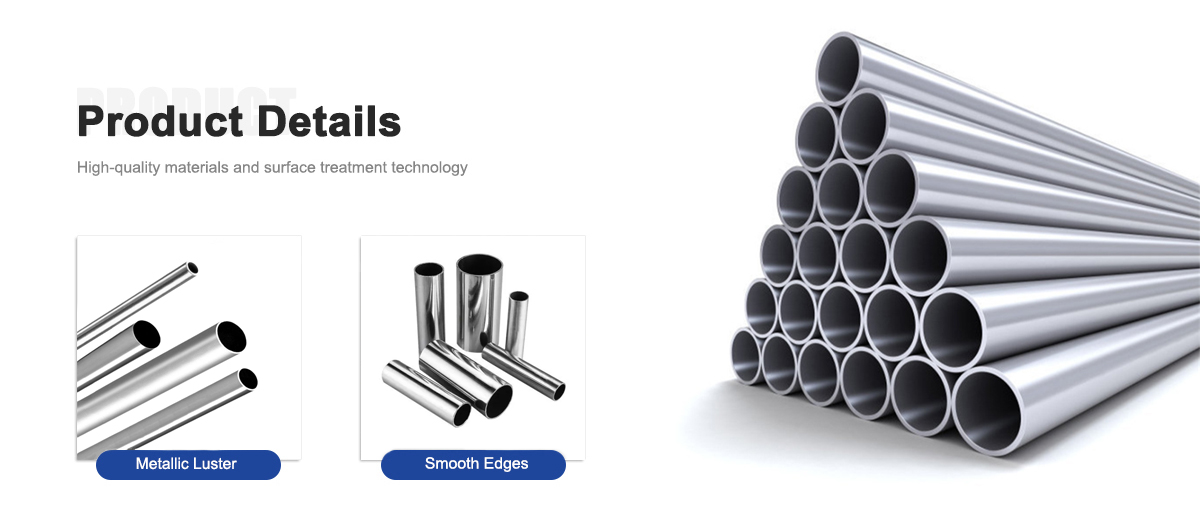


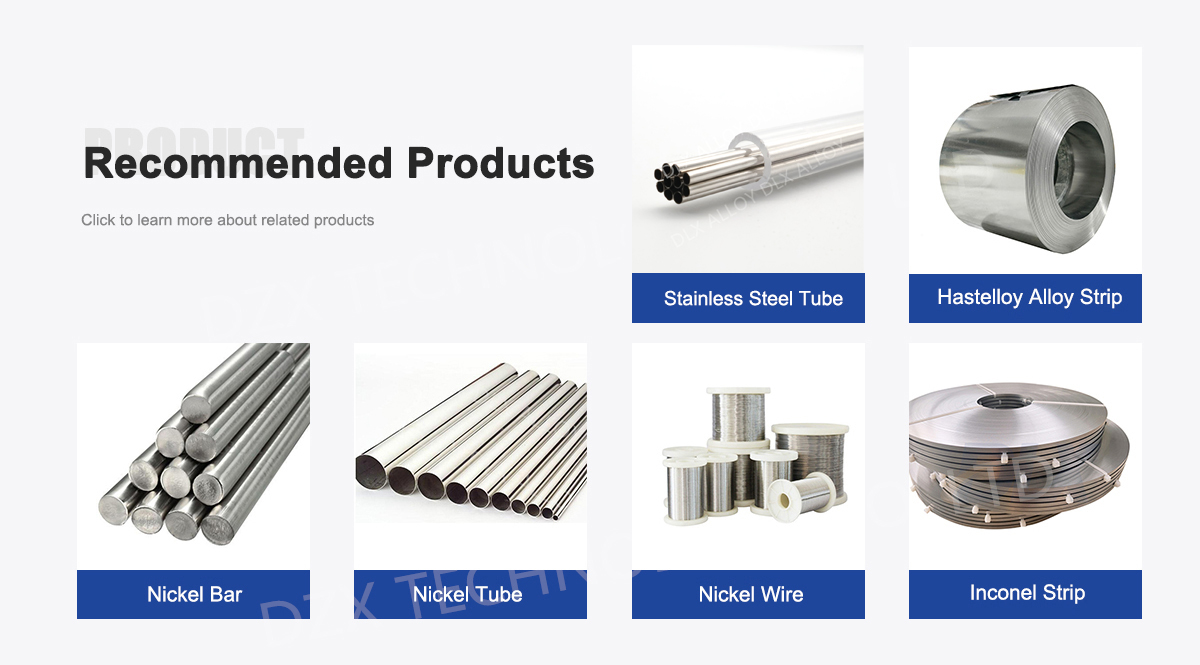
About Us:
Our 12,000㎡ factory is equipped with complete capabilities for research, production, testing, and packaging. We strictly adhere to ISO 9001 standards in our production processes, with an annual output of 1,200 tons. This ensures that we meet both quantity and quality demands. Furthermore, all products undergo rigorous simulated environment testing including high temperature, high pressure, and corrosion tests before being dispatched, ensuring they meet customer specifications.
For all our clients, we offer timely and multilingual after-sales support and technical consulting, helping you resolve any issues swiftly and efficiently.

Client Visits
Building Stronger Partnerships

We support all kinds of testing:


FAQs:
Why is 304 stainless steel suitable for surgical instruments?
Biocompatible 304 stainless steel offers good corrosion resistance, high strength, and affordability, making it ideal for reusable surgical tools like forceps, scissors, and retractors that require durability and easy sterilization.What is the material composition of 304 stainless steel for surgical applications?
It contains 18-20% chromium, 8-10.5% nickel, and carbon below 0.08%, providing a balance of corrosion resistance, formability, and mechanical strength suitable for non-implantable medical tools compliant with ISO 7153-1.What are the primary applications of 304 stainless steel tubes in surgical instruments?
These tubes are used in endoscopic tools, biopsy needles, suction cannulas, and laparoscopic instruments, offering structural support and fluid delivery in procedures like arthroscopy and general surgery.How do industry trends influence the use of 304 stainless steel in surgical instruments?
The surgical instruments market, valued at USD 13.54 billion in 2025, is projected to grow at a 7.3% CAGR to USD 22.39 billion by 2032, driven by demand for cost-effective, durable materials in minimally invasive surgeries.What mechanical properties make 304 stainless steel effective for surgical tubing?
It provides tensile strength of 515-690 MPa, yield strength of 205-310 MPa, elongation over 40%, and good fatigue resistance, enabling thin-walled tubes to withstand bending and sterilization stresses in surgical use.Is 304 stainless steel biocompatible for surgical instrument applications?
Yes, it’s non-toxic and meets biocompatibility standards for external or short-term contact, with low risk of allergic reactions, suitable for tools not requiring long-term implantation.What emerging trends support the use of 304 stainless steel in surgical tools?
Trends include increased adoption of disposable and hybrid instruments, growth in outpatient surgeries, and a push for recyclable materials, with the medical tubing market expected to reach USD 1,547.53 million by 2034 at a 6.7% CAGR.How does 304 stainless steel handle sterilization for surgical instruments?
It withstands autoclaving, chemical sterilization, and ultrasonic cleaning without corrosion or pitting, maintaining a smooth surface finish for repeated use in sterile operating environments.

